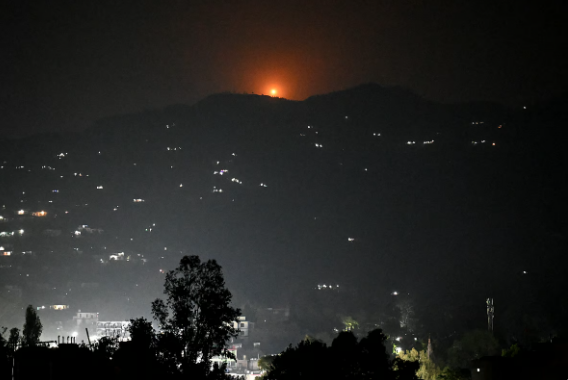A senior United Nations official has warned that unexploded ordnance left behind by Israeli military operations in Gaza will continue to pose a serious threat to civilians and humanitarian efforts, even after a ceasefire takes effect.
Luke Irving, Chief of the UN Mine Action Programme (UNMAS) in the occupied Palestinian territories, highlighted the dangers during a press briefing in New York on Wednesday night. He stated that over the past 14 months, his team had encountered a variety of unexploded munitions, including aerial bombs, rockets, and artillery shells. These remnants have not only caused civilian casualties but have also hindered the delivery of humanitarian aid.
According to preliminary UN reports, at least 92 people have been killed or injured by explosive remnants in Gaza since October 2023.
Growing Concerns Over War Debris
In addition to the direct threat posed by unexploded ordnance, a joint UN report has raised alarms about the health and environmental hazards caused by the massive destruction in Gaza. The report states that the amount of rubble left behind from the conflict exceeds that of any previous war in the region since 2008.
The debris presents multiple challenges:
- Widespread contamination by explosive ordnance, making removal efforts dangerous.
- Asbestos exposure, particularly in refugee camps, increasing long-term health risks.
- Obstruction of aid operations, slowing reconstruction efforts and the return of displaced residents.
With Gaza’s infrastructure in ruins and the presence of unexploded munitions complicating cleanup efforts, UN officials stress the urgent need for international support in demining operations and reconstruction.
As the ceasefire approaches, humanitarian organizations are calling for swift action to clear the remnants of war and ensure the safe return of civilians to their homes. However, experts warn that the risks posed by unexploded ordnance and toxic debris could linger for years to come.


